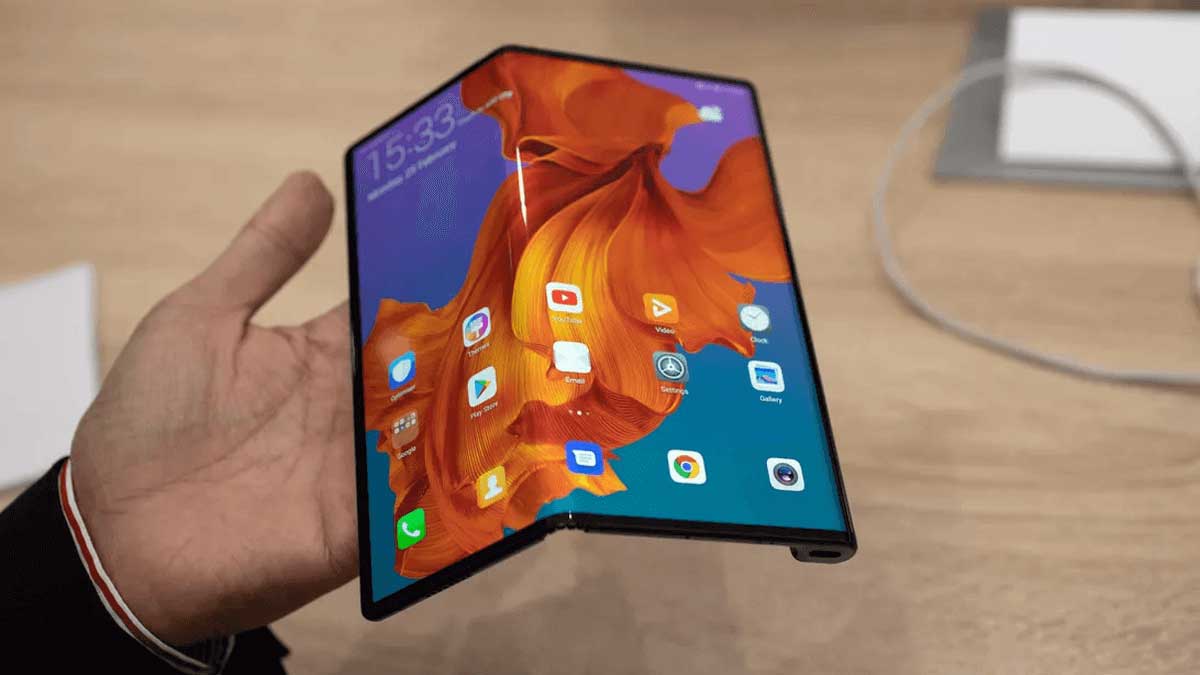Mobile
Huawei pushes the foldable edge
From foldable phones and tablets to laptops and smartwatches, Huawei is determined to keep making its presence felt, writes ARTHUR GOLDSTUCK
Huawei just keeps coming back. A pandemic lifetime since the US government banned Google from making its Android operating system and Play Store apps available to Huawei, the Chinese manufacturer has found its own meaning of life.
It appears to have two missions: to demonstrate proof of life beyond Google, and compete with Samsung. It is telling that its biggest South African launch event of the year, on Thursday night, featured a foldable smartphone, just two weeks after Samsung revealed the fourth generation of its foldable phone line-up.
The Mate Xs 2, unveiled in China in April, is a premium foldable smartphone that opens out from a 6.5-inch front screen into a 7.8-inch mini-tablet, edging out Samsung’s Fold4, which transforms into a 7.6-inch display.
The foldable format is expected to take between 10% and 20% of the high-end handset market this year, with an upward trajectory in the coming years. As a result, the leaders in the segment are going all out to demonstrate technology leadership. Huawei uses the X nomenclature both to distinguish foldables from regular handsets and for the symbolism of the letter X as a stylised folding and unfolding image.
Here, Huawei hits the sweet spot in both the design of the hinge that makes the foldable possible and in the specs of the device. It uses a Falcon Wing Design that allows the movement of the hinge and screen to be synchronised via a “fixed-length linkage control”. Most significantly, in its folded state, it measures only 11mm thick, is substantially flatter than the Fold4, and unfolds into an ultra-flat 5.4mm.
This harks back to the days of the Huawei P6, launched almost a decade ago when Huawei first earned its credentials for the thinnest mainstream smartphones in the market. And that was a 6.2mm device. Once again, Huawei is, err, flattening the competition,
The Xs 2 also competes aggressively in its camera specs, with a 50MP main lens that uses laser auto-focus, along with 8MP telephoto and 13MP ultrawide lenses. This compares almost exactly with the Fold4. It scales back on the selfie camera, though, with one 10.7MP lens, compared to its rival’s 10MP cover camera and 4MP under-display lens.
On the other hand, despite being absurdly thin in its unfolded state, it leads the way in both battery power and charging capability, offering 66W fast-charging, compared to the Fold4 boasting 25W fast-charging.
The cutting-edge design does come at a cost, with the Xs 2 selling at a shade under R40,000. The Fold4 starts at R38,000. A key question is whether consumers would pay a little extra for a device that does not support Google Mobile Services . Huawei has answered this question quite elegantly over the past year with sweeping enhancements to its own Huawei Mobile Services, App Gallery and Petal Search interface. It only has to persuade users to try it out.
At the other end of the price scale, however, Huawei launched a device that is arguably just as significant. Alongside its new MateBook X Pro and MateBook D 16 laptops, it demonstrated the MatePad 10.4 tablet, which, as the name suggests, has a near-laptop sized 10.4-inch screen, but is ultra-thin at 7.5mm. It supports a stylus and comes with the Huawei M-Pencil package, allowing writing and annotation on the screen.
It comes into its own with an optional Smart Keyboard that connects via Bluetooth and turns the device into a mini-laptop. That in itself is not unusual but the look and feel is. It compares to the Microsoft Surface in gorgeous aesthetics and usability, but at a fraction of the price. It starts at R6,500, with an added R500 for the keyboard.
Huawei also unveiled its new range of wearables, including the Watch Fit 2, with TruSeen 5.0 heart rate monitoring technology that measures BPM and blood oxygen saturation (SpO2); and the Band 7, Huawei’s thinnest FullView fitness tracker with a thickness of 9.99mm. The Watch D includes a blood pressure monitor, using an innovative mini pump that can reach up to 40kPa, allowing blood pressure to be measured up to 230mmHg.
The new Watch GT 3 Pro Titanium Edition has 14 days of battery life, promising seven days of intense usage, while the Watch GT 3 Pro Ceramic Edition gives seven days of general battery life and four days of heavy usage. Wireless fast charging support has arrived in these watches, giving users yet another reason to buy into the new Huawei ecosystem.

















